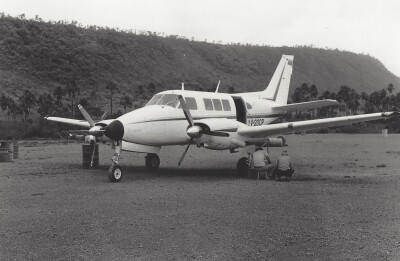New C5 billed as world’s first “scalable laser scanner”
ORLANDO – While Leica Geosystems’ HDS division no longer has its own dedicated annual conference, having been folded into the 2500-attendee-strong Hexagon conference held here last week, it still managed to stand out from the crowd: Its release of the C5 “scalable laser scanner” was much the topic of discussion at the event.
For the first time, the company is offering a laser scanner for less than $50,000, which is considerably less than any Leica scanner that has come before it.
How has the company achieved such a price drop?
Essentially, the C5 is the same time-of-flight scanner as Leica’s top of the line C10, but with some of the high-end performance and versatility features stripped away (yet addable later – that’s the “scalable” part). This introductory-level scanner might be analogous to a good, base-level computer: There are plenty of options you might very much want that increase the cost and capabilities greatly.
There are four basic areas where the option to increase the unit’s performance and versatility are available. As the scanner is brand-new – first units shipping at the end of June at the earliest – the prices for these options have not been announced yet. At the Hexagon event Leica HDS regional manager Josh Rayburn spent some time going over them with this reporter:
1. Range. The C5 comes with 35 meters in scanning range. Purchasers have an option to increase that to 300 meters.
2. Speed: The C5 base is 25,000 points per second and can be increased to 50,000 points per second. (This is time-of-flight scanning, remember – one can’t expect the million points per second offered by Z+F’s 5100/Leica’s 7000 or FARO’s Focus3D, which are phase-based lasers.)
3. The internal digital camera. If you want the photo-realistic point cloud texture mapping with the convenience of an internal camera, you need to purchase the internal camera option. The C5 has the digital picture capability of the C10’s internal camera disabled; the real-time streaming video capability of the C10’s internal camera is still enabled in the C5.
4. Compensator. You can upgrade the scanner to include online dual-axis compensation for automatic level correction that, in turn, enables easier registration and the use of traditional field survey methods like traversing, back-sighting, and resection.
Further, one can upgrade the C5 at just about any time and in any order all the way up to the full functionality of the ScanStation C10. The C5 also comes, Rayburn said, with the same pre-purchase calibration process and accuracy certification that comes with the C10, and the maintenance plan options are the same.
“This opens up a whole new market,” Rayburn said, explaining the new product option. “It might provide an affordable entry to scanning for a lot of people.”
This would also seem to fit with a corporate philosophy that was espoused any number of times at the Hexagon conference: “good, better, best.” Company officials, including Hexagon CEO Ola Rollen, noted that the company wanted to be competitive not only with the best-available products, but also at the lower end of the price/performance market where companies might be entering fields like 3D, GIS, and HDS for the first time.






